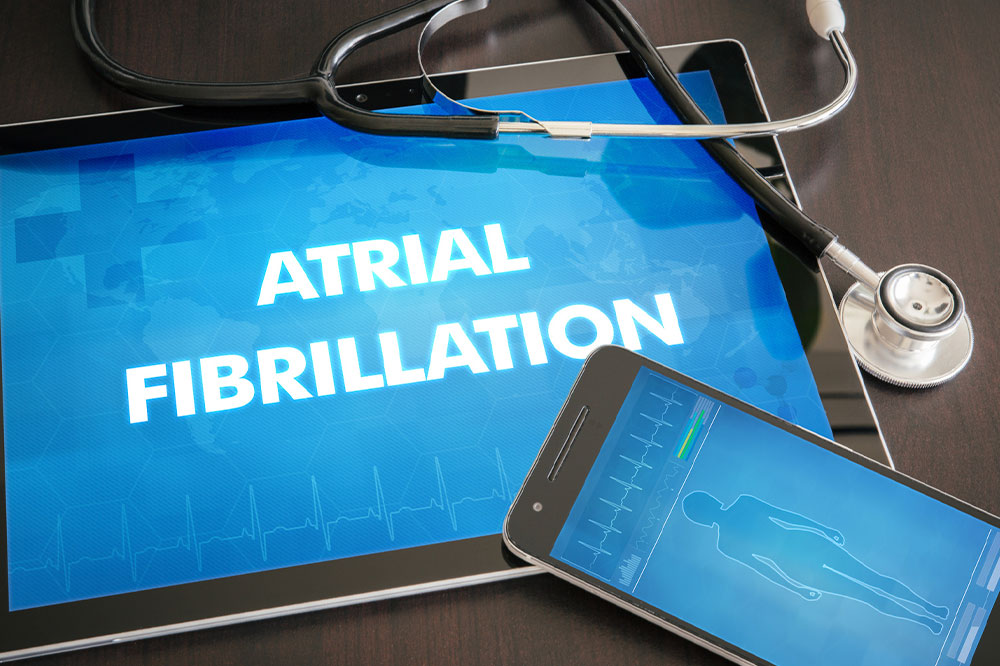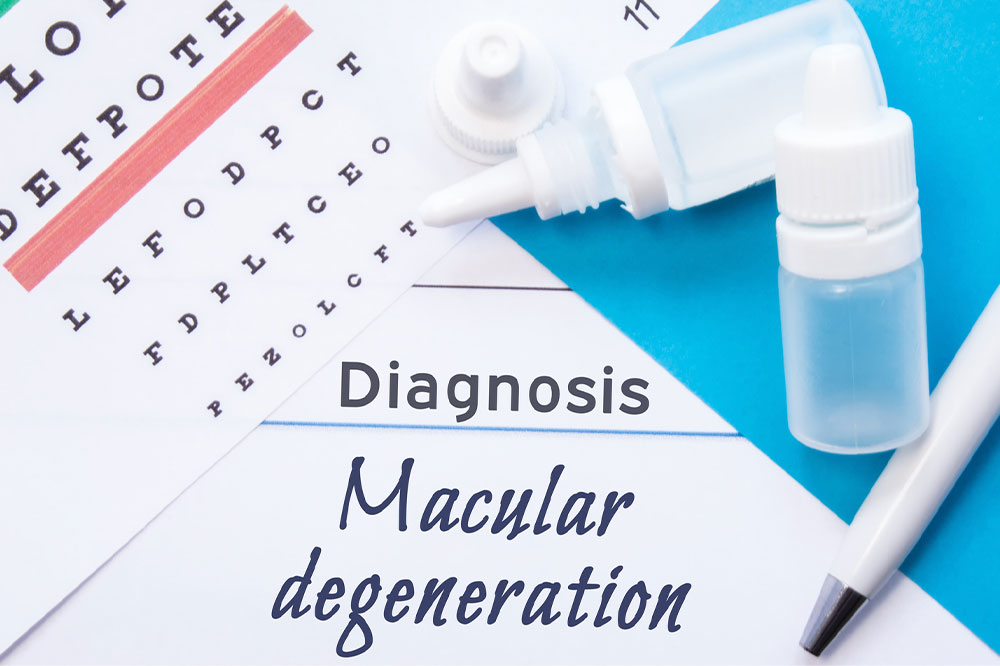
14 common warning signs of COPD to never ignore
Chronic obstructive pulmonary disease (COPD) is a term used to refer to a group of lung diseases that block one’s airways, causing severe breathing difficulties. Emphysema and chronic bronchitis are among the most common COPD diseases. Statistical reports suggest that 15.7 million people nationwide have been diagnosed with a COPD condition. Timely diagnosis and systematic treatment are crucial for healing from the disease. Here are some common warning signs of COPD one should not ignore:
Shortness of breath
Individuals with COPD typically experience shortness of breath or dyspnea due to blocked airways and air sacs and damaged lung tissues. The symptom usually aggravates due to compromised lung capacity. Eventually, shortness of breath may become a constant problem, even when not engaging in a physical activity.
Chronic cough
Doctors usually classify a cough as chronic when it lasts over eight weeks. Chronic cough is among the earliest symptoms of COPD. Excess mucus formation is the primary cause of chronic cough among patients with this condition.
Swelling of the legs, feet, and ankles
Swelling of the feet, legs, and ankles may indicate severe COPD. The symptom results from pulmonary hypertension, triggered by elevated blood pressure in the lungs’ blood vessels. Swelling in the lower extremities can eventually lead to restricted mobility.
Sleep issues
COPD symptoms like shortness of breath and persistent coughing can interfere with one’s sleep schedule. Sleep problems can, in turn, aggravate other symptoms like fatigue.
Frequent respiratory infections
Reduced lung capacity and lung tissue damage can lead to frequent respiratory infections. These infections can increase the pressure on the lungs and cause them to overwork in order to supply oxygen to the other organs. Those who experience an increased frequency of respiratory infections should consult an expert to determine the cause.
Heartbeat irregularities
Patients with COPD may experience irregular heartbeats due to damaged nerve fibers. Irregular heartbeats can, in turn, lead to several other severe disorders, such as atrial fibrillation. Hence, this symptom should not be overlooked.
Wheezing
COPD causes inflammation and thinning of the lungs’ airways, resulting in frequent wheezing. The symptom can be noticed when a patient inhales and/or exhales.
Tightness of the chest
Damaged lung fibers can lead to a sense of heaviness or tightness in the chest. Excess mucus production may worsen this symptom.
Bloating and other digestive problems
According to a study, about 85% of patients with COPD experience at least one digestive issue, bloating being the most common. The digestive discomforts may be caused because COPD patients tend to swallow saliva while inhaling due to shortness of breath. Gulping down too much air can also trigger problems with digestion.
Excess mucus production
The body produces mucus to trap the irritants that enter the airways. However, the mucus produced among patients with COPD is typically thicker, making it difficult to expel. Excess mucus production and accumulation can aggravate problems like shortness of breath and persistent coughing.
Tiredness and reduced stamina
Lung airway damage and reduced lung capacity result in inefficient oxygen supply to the organs among COPD patients. This causes fatigue and reduced stamina. Perpetual tiredness is a common symptom of COPD and can result in a sedentary lifestyle.
Dry mouth
When a person puts in extra effort to breathe, it may result in a dry mouth. This symptom can cause problems like difficulty swallowing and a burning sensation in the mouth.
Urinary incontinence
Sometimes, those with COPD may experience urinary incontinence. This is mainly the case when one applies pressure to the urinary bladder. Dyspnea and chronic cough may lead to the onset of this symptom.
Loss of appetite
Breathing difficulties among individuals with COPD may sometimes trigger a loss of appetite, which can worsen symptoms like fatigue and reduced stamina.
Tips for healing from COPD
Those diagnosed with the condition can follow these tips for managing the symptoms after consulting a healthcare professional:
Avoid exposure to lung irritants
Lung irritants like dust and fumes can worsen COPD symptoms like shortness of breath and coughing. Therefore, patients should stay away from these elements or wear a mask while stepping out.
Avoid staying in areas with high air pollution levels
Air pollution is inevitable in cities and towns today. However, staying in highly polluted places can impede healing and aggravate COPD symptoms. Therefore, patients should consider relocating or exercising caution when stepping outside. Closing the windows when at home and covering the nose and mouth when outdoors are a few tips that can help.
Eat plenty of vegetables and healthy carbs
Those with COPD often experience fatigue and appetite loss. Hence, they should eat plenty of vegetables and healthy carbs, such as whole grains, potatoes (with the skin on), and lentils. These foods enhance digestion and increase energy levels.
Stay physically active
Physical activity may eventually become difficult for patients with COPD. Still, the body requires some activity to maintain strong muscles, especially those responsible for breathing. Hence, patients should engage in walking, biking, swimming, or other exercises regularly.
Seek help with daily chores
Daily chores like cooking and cleaning can aggravate fatigue and reduce stamina. Hence, delegating these tasks to loved ones or professionals would be a wise decision while healing from COPD.




